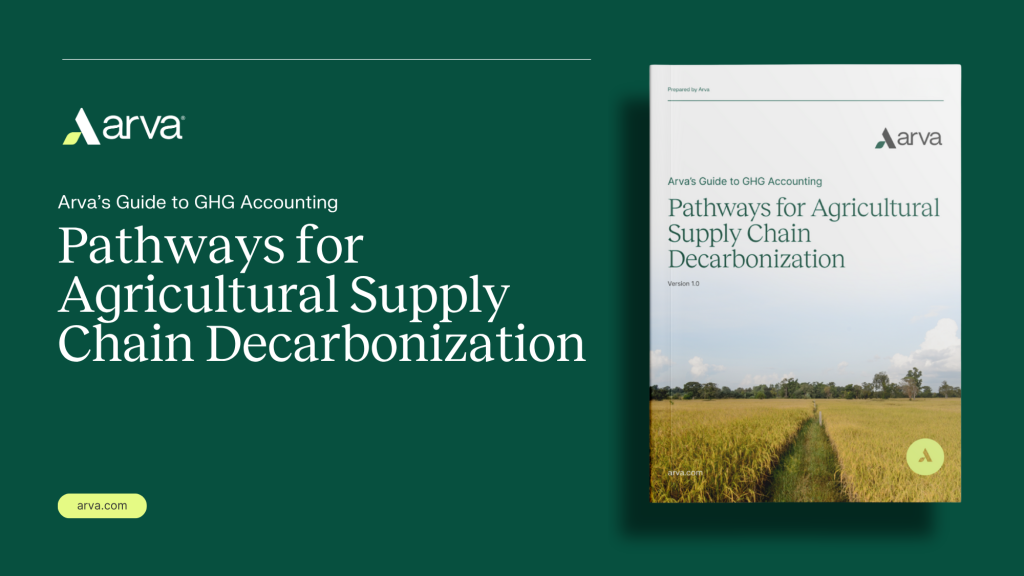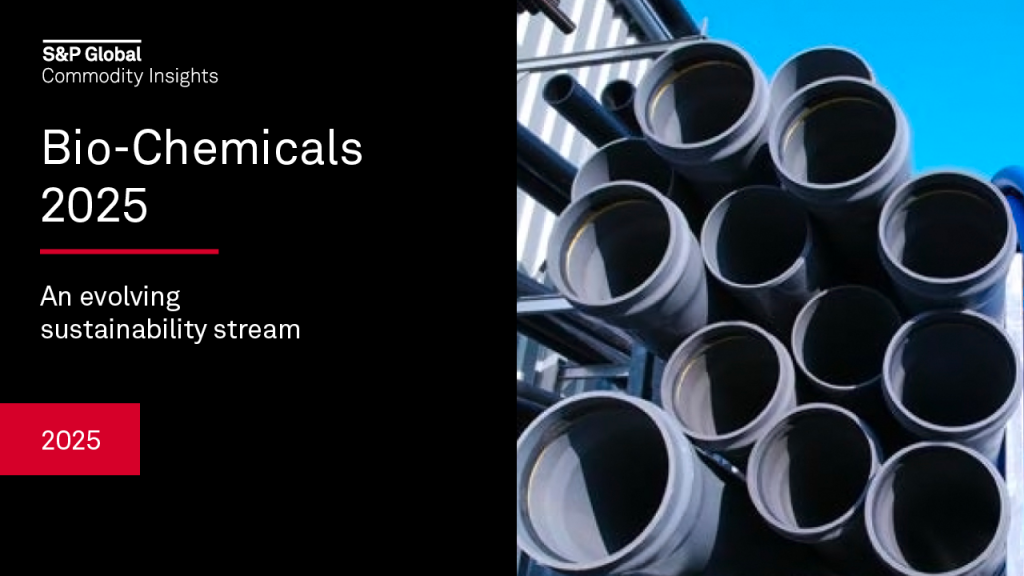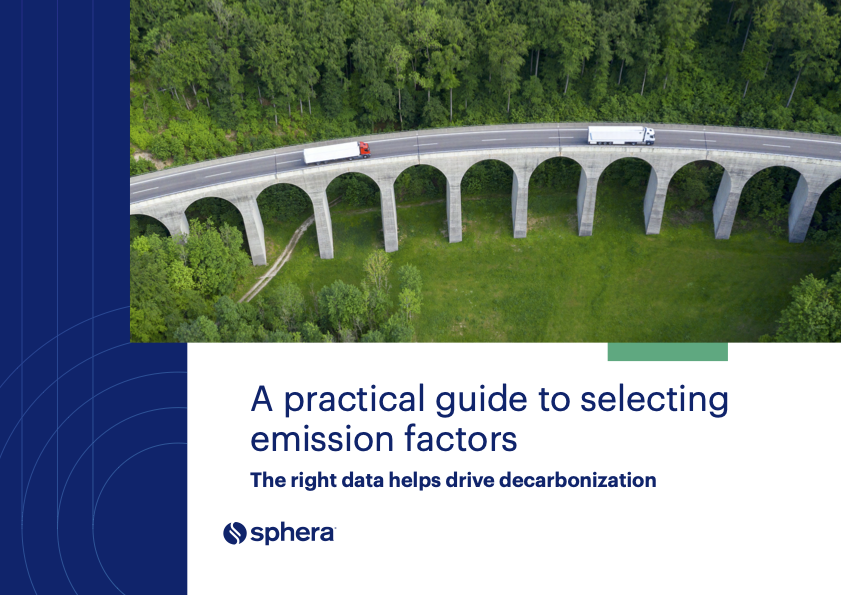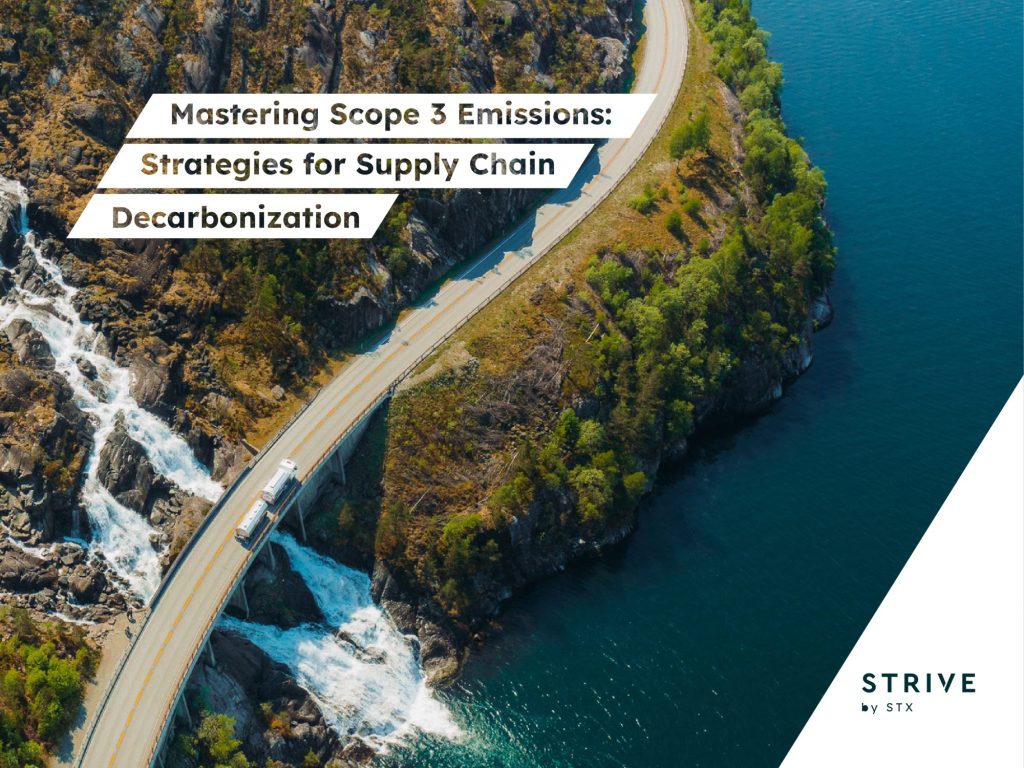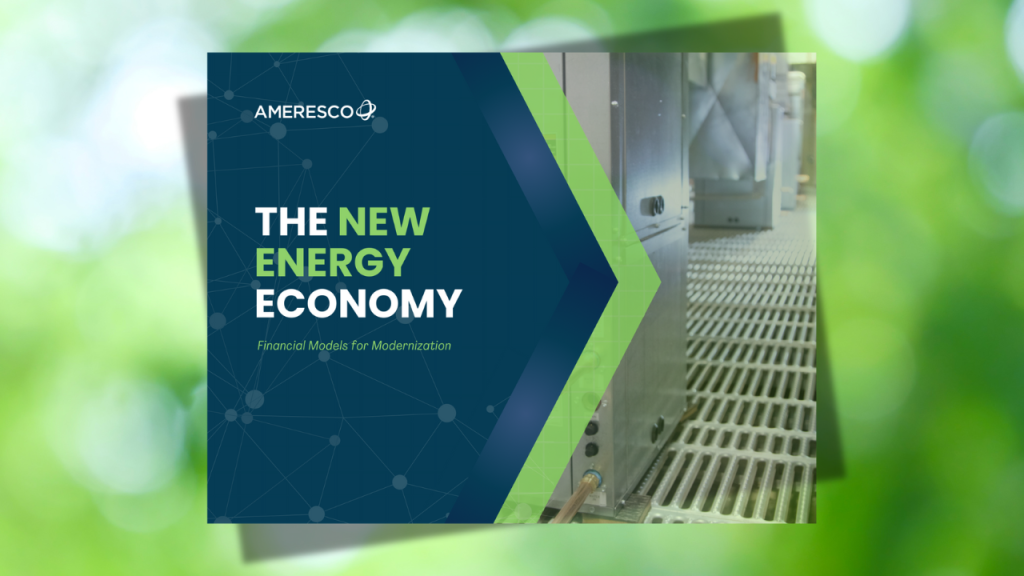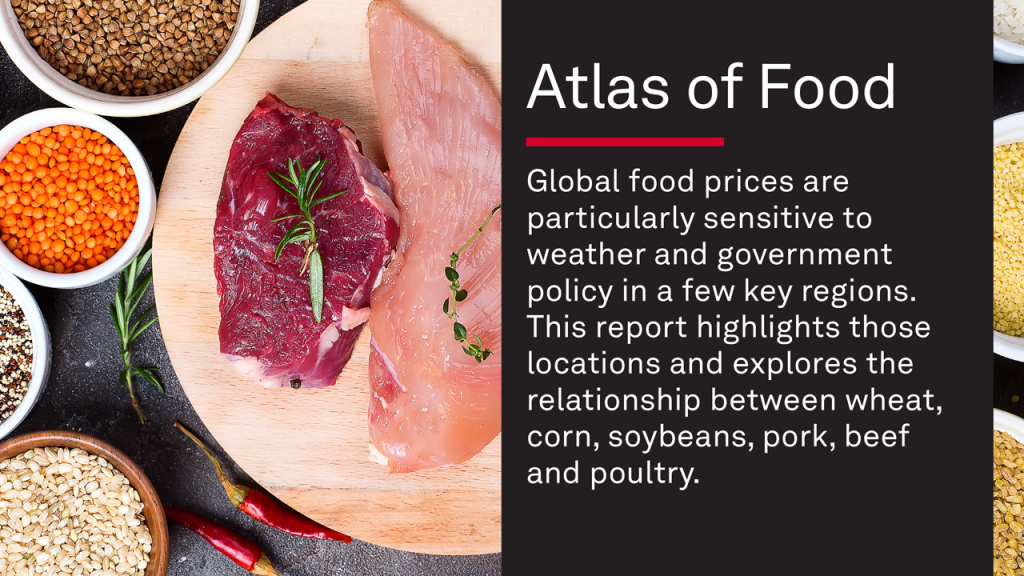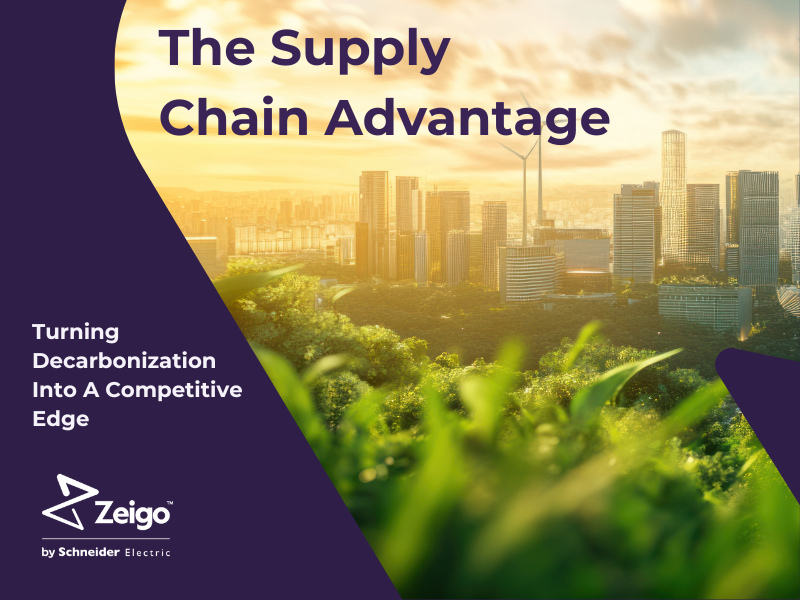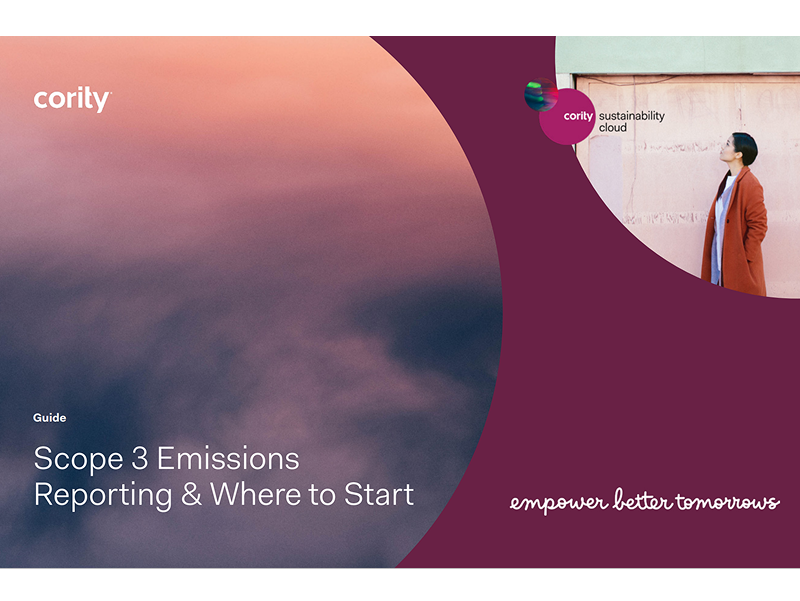Beyond USAID: How to secure funding for sustainability amid a $200 million annual gap
Companies like PepsiCo and Unilever relied on USAID partnerships for sustainability projects. Read More
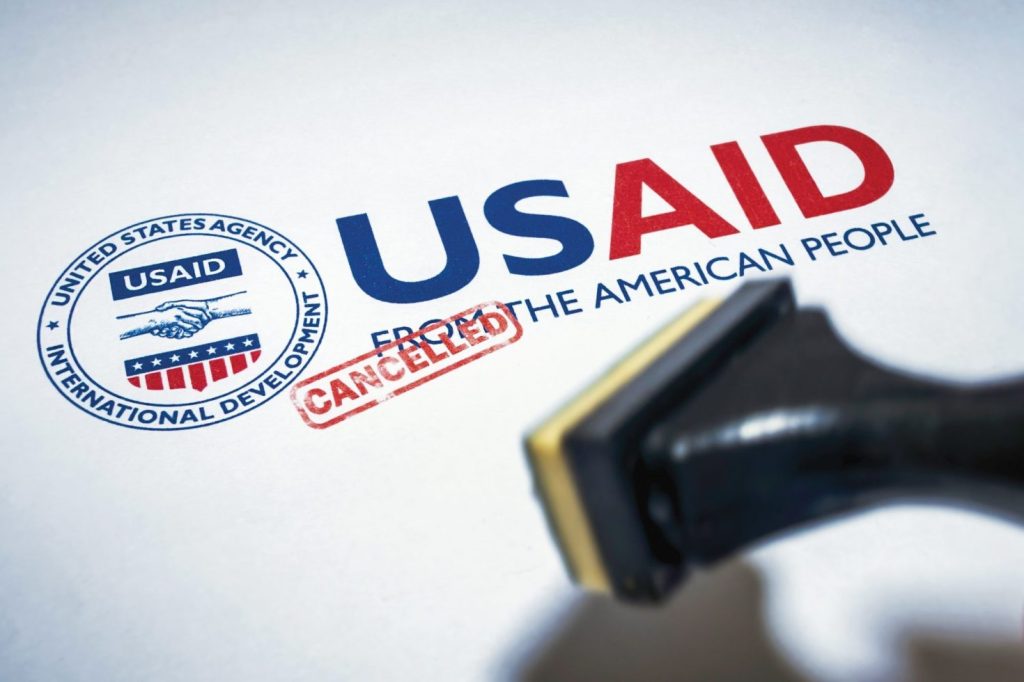
- The dismantling of USAID removed a key source of public co‑investment and risk mitigation that companies relied on for sustainability initiatives in emerging markets.
- Widespread cuts in foreign assistance budgets compel corporate sustainability teams to embrace blended finance and new collaborations to fund projects that government donors used to co-fund with grants.
- The decline of grant‑based aid underscores the need for sustainability teams to quantify and articulate the return on sustainable supply chains and inclusive market investments to secure internal resources and external collaborators.
When the United States Agency for International Development (USAID) was dismantled earlier this year, there were two focal points of media coverage. First, there were the humanitarian costs. Second, the headlines analyzed geopolitical impacts for the U.S. in losing its primary tool in delivering one of three legs of national security (defense, diplomacy and development).
But underneath these predominant losses is yet another: global sustainability efforts. Beyond humanitarian aid and democracy building, USAID was also the leading provider of foreign aid across the spectrum of sustainable development, from agriculture to energy to waste management.
USAID’s collapse is not only the loss of a leading mission-aligned partner for many companies. It’s also a harbinger of a larger trend in shrinking foreign assistance that’s important for corporate sustainability professionals whose scope includes global supply chains and emerging markets.
The impact of USAID’s loss on corporate sustainability
USAID played a pioneering role in private sector engagement among government donor agencies. Over the past two decades, it evolved its approach from ad hoc collaborations to a more strategic and systemic model of co-creating and co-funding development solutions with companies of all sizes. Between 2000 and 2020, it implemented over 1,600 private sector partnerships, called Global Development Alliances, involving Fortune 500 companies, local businesses and industry associations — pairing private-sector expertise, assets and innovations with its funding, local networks and knowledge to build resilient supply chains and inclusive markets.
Many of the world’s largest companies understood the value of partnering with USAID. For example, PepsiCo and USAID had partnered on a $20 million project to empower female farmers in PepsiCo’s supply chains across Asia, Latin America and the Middle East. Unilever, EY and USAID, meanwhile, had recently announced a $21 million project to address plastic waste across Asia.
USAID had increasingly been investing in these types of private-public partnerships over the last decade. While the latest data on the size of their investments is now difficult to find, a reasonable estimate is that it invested around $200 million per year through private-public partnership mechanisms.
But USAID was more than a check-writer and project partner. Its $40 billion annual budget helped develop the foundation of stronger operating environments for business activities across Africa, Latin America and Asia that allowed corporate sustainability teams to launch impactful innovations and initiatives, regardless of whether they were formally partnering with the agency.
The loss of USAID’s direct funding and co-investment will make the business case for sustainable supply chain and market expansion activities harder to articulate. It’s easier to make the case for a $10 million investment over five years when USAID matched that funding, than to make the case for a $20 million corporate investment to achieve the same outcomes.
While USAID is disappearing, it’s important to note that foreign aid still has a future in America and is being re-tooled within the Department of State with three pillars—strategic humanitarian assistance, development finance for trade and politically oriented programming. It’s unclear exactly how long it will take before the new policy and initiatives are launched.
A changing foreign aid landscape
In addition to 83 percent of USAID programs being cut over the first half of 2025, global official development assistance (ODA) spending declined 7.1 percent in 2024, with more foreign aid cuts being announced across Europe. Aid from Germany (the second largest donor) is expected to drop 9 percent this year and France is cutting its budget 11 percent for 2025. The U.K. (the fourth largest donor) will almost halve its ODA budget, moving $7.6 billion into defense spending.
Overall, foreign aid is becoming more transactional, politicized and vulnerable to the ideological mood swings of governments. Amid this retrenchment and remaking of “aid,” many European governments are pivoting toward sustainable investment projects rather than grants as the focus of their foreign assistance because they seek to get more direct economic returns for their aid contributions.
For companies, especially those headquartered in Europe, this highlights the growing opportunity for innovative financing partnerships, such as blended finance mechanisms that allow companies to partner with public capital to de-risk their sustainability investments in emerging markets.
How companies can adapt and respond
In a moment when our interconnected global challenges call for increasing levels of cooperation, government responses are growing more insular and unilateral. The growing emphasis among European donors on investment-oriented models offers a bright spot through blended finance approaches. These vehicles — structured to share risk and rewards across a range of stakeholders — enable businesses to scale successful programs as traditional grant pools dry up.
But blended finance is only part of the solution. Sustainability teams can also explore pre-competitive and complementary collaborations, particularly in geographies where shared challenges require collective solutions. One example of this approach is the Rimba Collective, in which P&G, Nestle, PepsiCo and Unilever are pooling their funding to deliver conservation projects in the landscapes of Southeast Asia that supply palm oil for their businesses.
The next frontier of private-private collaboration will be even more focused on systems change at the local level. We’re seeing an increasing interest from companies exploring partnerships across industries within landscapes and communities of mutual interest. For example, food companies that source various crops (corn, wheat and dairy) from the same supply shed are exploring how to work with technology and infrastructure providers to increase productivity and efficiency along the first miles of global supply chains. By combining business cases focused on supply and demand, companies can de-risk their individual investments and create conditions for success that also improve social and environmental outcomes.
Ultimately, the decreasing availability of foreign aid, especially grant-based mechanisms, highlights the urgent need for sustainability teams to strengthen their ability to calculate and articulate the business case for corporate investments in their sustainable supply chain and market activities. Internally, company executives have to understand the future value of potential investments to provide the required budgets. Externally, the business case is a crucial component of articulating the investment thesis to potential public and private partners.
By shifting strategies and embracing new partnership models, companies can maintain global sustainability momentum despite the changes happening in government-backed support.
[Sustainability work is hard. Ready for Trellis Network to help? Learn more about our peer network.]

